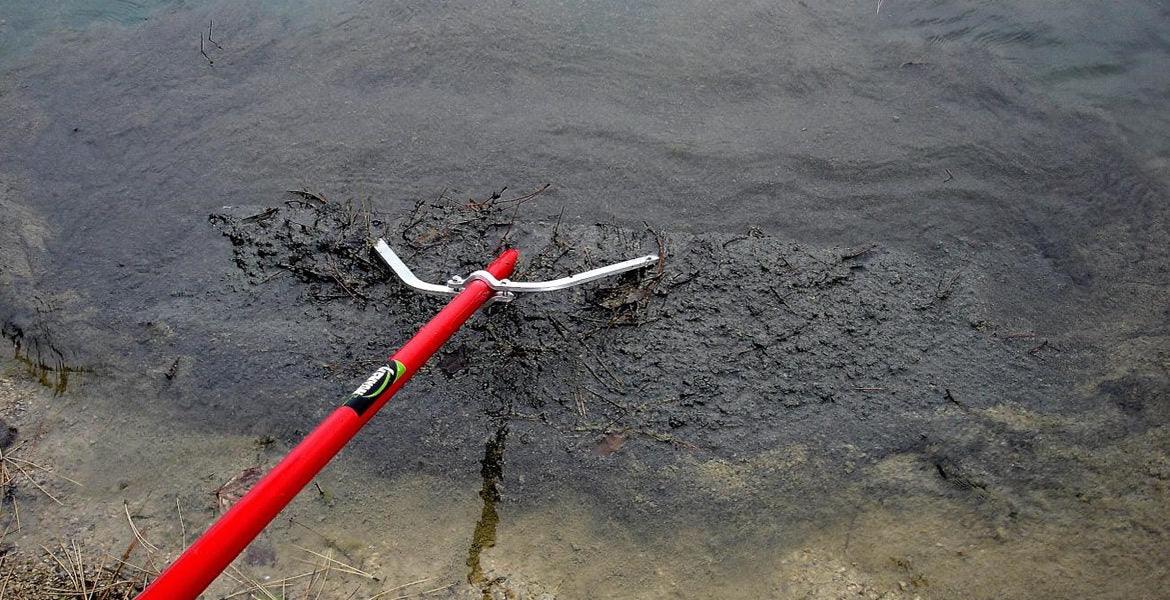
Revitalize Your Pond: A Comprehensive Guide to Removing Muck
Ponds are serene and captivating features that enhance the beauty of any landscape. However, over time, ponds can accumulate a layer of muck, compromising their aesthetic appeal and ecological balance. Muck consists of decomposing organic matter like leaves, algae, and sediment, which can lead to poor water quality and harm aquatic life. In this blog post, we will explore various effective methods to remove muck from ponds and restore their natural splendor.
Understanding the Causes of Pond Muck
Before diving into muck removal techniques, it is essential to understand the underlying causes. Muck accumulation can arise from organic debris, excessive nutrients, and sediment runoff. Poor pond maintenance practices, such as overfeeding fish or neglecting vegetation, can also contribute to muck formation. By addressing these factors, we can not only remove existing muck but also prevent its future accumulation.
Method 1: Mechanical Removal
Mechanical removal involves physically removing muck from the pond using specialized equipment. The most common method is pond dredging, which utilizes a suction pump or excavator to remove accumulated sediment. Another approach is using a pond vacuum or rake to manually extract muck from the pond. Mechanical removal is effective for large ponds or when muck is present in substantial quantities.
Method 2: Beneficial Bacteria
Beneficial bacteria play a vital role in breaking down muck and organic matter. Adding bacteria-based pond treatments can accelerate the natural decomposition process. These bacteria consume excess nutrients, such as nitrogen and phosphorus, reducing muck formation. It is crucial to choose a product specifically designed for ponds and follow the recommended dosage and application instructions.
Method 3: Aeration
Proper aeration is essential for maintaining a healthy pond ecosystem and preventing muck buildup. Aerators increase oxygen levels in the water, promoting the growth of beneficial aerobic bacteria that consume muck. Aeration systems such as diffusers or fountains can be installed to circulate and oxygenate the water. Additionally, incorporating aquatic plants can enhance natural aeration and further reduce muck accumulation.
Method 4: Algae Control
Algae contribute significantly to muck formation. By implementing effective algae control measures, you can prevent excessive algae growth and minimize muck production. Techniques like adding beneficial bacteria, installing UV sterilizers, and utilizing natural algaecides can help control algae populations. Proper pond maintenance, including regular removal of floating algae and debris, is also crucial in reducing muck buildup.
Method 5: Vegetation Management
Aquatic vegetation plays a crucial role in maintaining pond health. Strategically planting and managing aquatic plants can prevent muck accumulation by absorbing excess nutrients and providing shade. However, excessive vegetation can also contribute to muck formation. Regularly monitor and control the growth of plants, removing any overgrown or invasive species that can trap organic matter and sediment.
Method 6: Sediment Retention
Preventing sediment runoff into the pond is vital to reduce muck formation. Implementing erosion control measures, such as retaining walls, vegetated buffers, or sediment ponds, can help trap sediment before it reaches the pond. By minimizing sediment influx, you can maintain water clarity and reduce the organic matter that contributes to muck buildup.
Conclusion
A pristine and clear pond not only enhances the aesthetics of your landscape but also supports a healthy aquatic ecosystem. By employing a combination of mechanical removal, beneficial bacteria, aeration, algae control, vegetation management, and sediment retention, you can successfully remove muck from your pond. Remember, regular maintenance and proactive measures are key to preventing muck accumulation and ensuring a vibrant and thriving pond for years to come. With these techniques, you can revitalize your pond and create a peaceful oasis that you can enjoy and be proud of.

